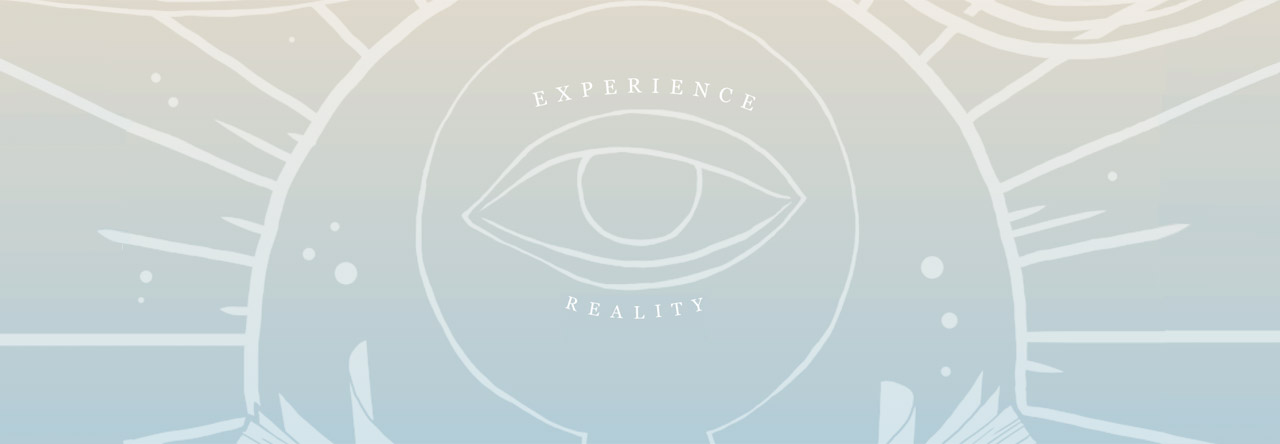 As an avid gardener, I am always interested in the history of gardening, whether it be the immediate past history of my friends’ gardens, or the history of some of the first gardens of America.
As an avid gardener, I am always interested in the history of gardening, whether it be the immediate past history of my friends’ gardens, or the history of some of the first gardens of America.
As a teenager, I followed my mother around Williamsburg, Virginia, studying the formal English based gardens of the Virginia planters. She later used that research to plan her own formal Williamsburg garden with its four boxwood points focusing on a marble sundial, which I have been fortunate to inherit for my own cottage style garden.
In Founding Gardeners author Andrea Wulf explores the development and history of George Washington’s Mount Vernon, Thomas Jefferson’s Monticello, John Adams’ Peacefield (see below), and James Madison’s Montpelier. In the appendix, the reader can explore the actual maps of these great estates and locate the placement of all plants, trees, flowers, and vegetables.

Some of the interesting chapter titles, such as “Gardens, peculiarly worth the attention of an American,” “A Nursery of American Statesmen,” “The Constitutional Convention in 1787 and a Garden Visit” as well as “Political Plants Grow in the Shade,” get the reader’s attention immediately.
Wulf notes, “For the founding fathers, gardening, agriculture, and botany were elemental passions, as deeply ingrained in their characters as their belief in liberty for the nation they were creating.”
Founding Gardeners is a beautiful, as well as informative book off the beaten track. For gardeners and history lovers, this is a noteworthy book to have on a reference shelf in a home library.
Founding Gardeners: The Revolutionary Generation, Nature, and the Shaping of the American Nation by Andrea Wulf (Random House, 2011).
-Nan









 Ballantines Export, packaged for soldiers, was colored to avoid reflecting light so as not to reveal soldier’s location to the enemy at night.
Ballantines Export, packaged for soldiers, was colored to avoid reflecting light so as not to reveal soldier’s location to the enemy at night. Budweiser used the bald eagle for the first time in 1872 and remains the Budweiser symbol today.
Budweiser used the bald eagle for the first time in 1872 and remains the Budweiser symbol today. When James Dickey visited Lemuria, we decided we needed a pit stop as we left the airport. J.D. bought two tall boy 6-packs of Colt 45 for his motel room without a fridge. Two days later when he left Jackson, J.D. had two hot ones left which he drank on the ride to Oxford.
When James Dickey visited Lemuria, we decided we needed a pit stop as we left the airport. J.D. bought two tall boy 6-packs of Colt 45 for his motel room without a fridge. Two days later when he left Jackson, J.D. had two hot ones left which he drank on the ride to Oxford. I grew up watching black & white baseball games on Saturday afternoon. Old Diz and Pee Wee loved their Falstaff and it’s no doubt they sipped a few during the broadcast.
I grew up watching black & white baseball games on Saturday afternoon. Old Diz and Pee Wee loved their Falstaff and it’s no doubt they sipped a few during the broadcast. My favorite and and only can I have in my collection is from 1979. “We Are Family” world champs. A great token to bring back memories for a life long Pirates fan.
My favorite and and only can I have in my collection is from 1979. “We Are Family” world champs. A great token to bring back memories for a life long Pirates fan. I suspect my first taste of beer came with him at these spots. My memory tells me Jax empties rolled around in the floorboards of his red & white ’56 Mercury. He taught me what beer drinking was all about. My first “sneaky underage beer” was at the old Cherokee Drive-In. In the very same way Paul taught me at 14! I’m pretty sure it was a Falstaff.
I suspect my first taste of beer came with him at these spots. My memory tells me Jax empties rolled around in the floorboards of his red & white ’56 Mercury. He taught me what beer drinking was all about. My first “sneaky underage beer” was at the old Cherokee Drive-In. In the very same way Paul taught me at 14! I’m pretty sure it was a Falstaff.









